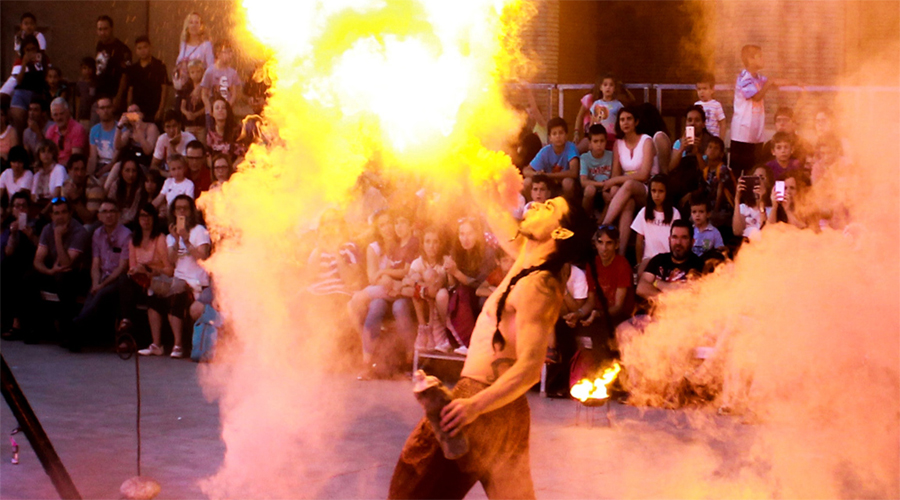Magicians use this useless expression. ‘Abracadabra’ is a term used by magicians to execute various magical feats in front of an audience and to fool people. When something appears to be magical, this expression is also employed.
This is typically employed to mock concepts that are difficult to understand. It might have been derived from the Aramaic phrase “Avra kadavra.” It signifies that “it will be made in my word.
Today , We Will See the Post of Abracadabra: The Story of Magic.
Let’s See Together…
Table of Content:
History
The phrase was first recorded in a book called Liber Medicinalis written in the second century AD by Serenus Sammonicus, a physician to the Roman emperor Caracalla, who recommended in chapter 52 that those with malaria wear an amulet with the phrase printed in the shape of a triangle.
Aleister Crowley, the founder of the religion, reveals in his article Gematria how he came up with the word spelling using qabalistic techniques. The invocation of Horus that resulted in the establishment of Thelema in 1904 contains numerous uses of the phrase “Abrahadabra.”
Abracadabra is becoming more frequently employed as a magic term at the conclusion of a trick in stage magic performances.
Origin of “Abracadabra”
There is no known fact concerning who coined the expression, and its origin is unknown. However, there is no reliable evidence for the claim that Serenus Sammonicus, a Roman writer, came up with this term in the second century.
Also thought to be similar to abracadabra is the Greek word “abraxas.” However, these are merely hypotheses. It has also been connected to Hebrew with meanings that are similar to the father, the son, and the Holy Spirit.
Magical tricks
Consider attending a magic performance. The $10 entrance fee is paid at the theatre’s front door. You take a seat amidst the throng of excited spectators who are anxious to witness the astounding feats that will not only defy the rules of physics but also your own view of reality.
Before you realise it, the show is almost done, but the magician has a grand finale with two enigmatic doors planned for the audience. The crowd, including you, erupts in deafening acclaim after the inconceivable accomplishment is accomplished in front of your eyes.
However, you wouldn’t be nearly as impressed if you had known that the illusion had been created using trapdoors and a double; instead, you would feel cheated out of your money’s worth. Along similar lines, misdirection—a technique for diverting the audience’s attention—is one of amagician’s arsenal of tricks.
Since misdirection is related to the three-network model of attention, it can actually be described more psychologically.
Abracadabra is real and contains the power
When I was a child, I used to watch variety shows on television. Magicians were frequently featured acts, and they dazzled us with incredible illusions.
The word “Abracadabra” actually exists. The word comes from the actual language of Aramaic, which has Hebrew as its source. Here is a fascinating truth: Abracadabra is a term. The fact that Aramaic has been spoken for so long demonstrates how powerful the spoken word has been.
The Future for Abracadabra
Instead, the staff presently handles liquidations manually, which is hardly the best or most fair procedure. Squirrel claims that Abracadabra is currently collaborating on a different project to develop a method to automate liquidations.
Abracadabra also intends to increase the usability of MIM and make it the biggest decentralized stable coin in the market. Building a solid and devoted community, extending to new chains, and incorporating more collateral assets are all necessary to achieve this.
Conclusion
An ambitious initiative called In Abracadabra is creating a better product in an effort to fill what appears to be a true gap in the market-making and stable coin areas of decentralized finance. ”
Abracadabra” has a long and varied history that reflects the development of human culture and imagination, starting with its origins in ancient healing rituals and ending with its popularization in contemporary magic shows.



